 Green Forest Tornado
Green Forest Tornado
Time Period: Early Twentieth Century (1901 - 1940) - Starting with G
 Green Forest Tornado
Green Forest Tornado
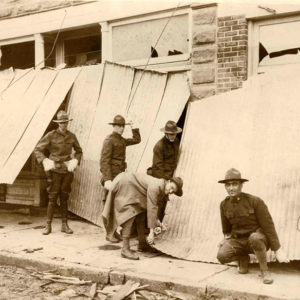 Green Forest Tornado
Green Forest Tornado
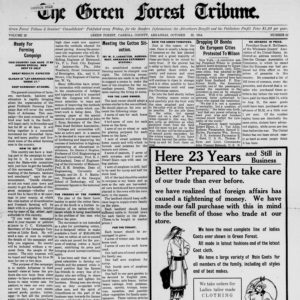 Green Forest Tribune
Green Forest Tribune
Green Forest Tribune
Green Forest Water Tower
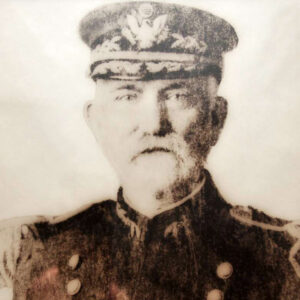 Benjamin W. Green
Benjamin W. Green
Green, Crane (Lynching of)
Green, Steve
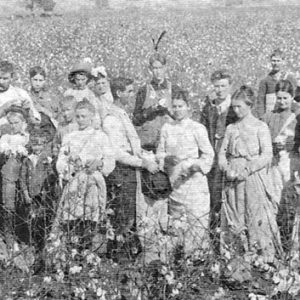 Greenbrier Bottoms Cotton Pickers
Greenbrier Bottoms Cotton Pickers
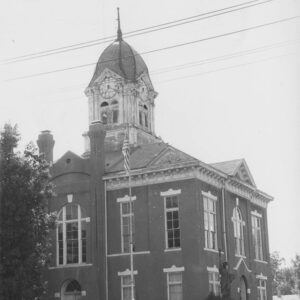 Greene County Courthouse (1888)
Greene County Courthouse (1888)
Greene County Museum
 Bette Greene Family
Bette Greene Family
Greenhaw, Karl
Greens at North Hills
aka: Sylvan Hills Country Club Golf Course
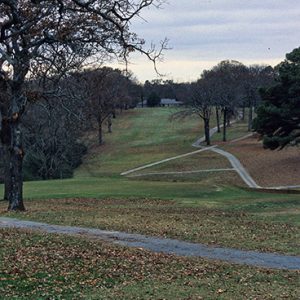 Greens at North Hills
Greens at North Hills
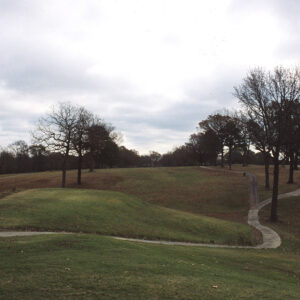 Greens at North Hills
Greens at North Hills
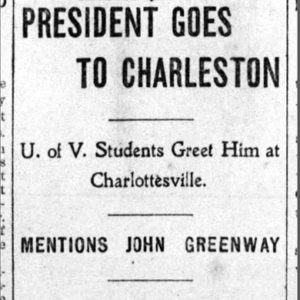 Greenway Rough Riders Mention
Greenway Rough Riders Mention
Greenway, John Campbell
 Greenwood Depot
Greenwood Depot
Greenwood Gymnasium
aka: Old Rock Gym
Greeson, Martin White
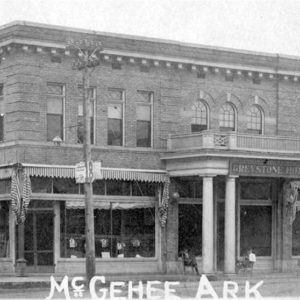 Greystone Hotel
Greystone Hotel
Grider, John McGavock
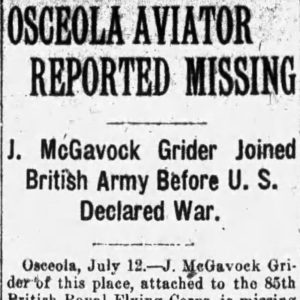 Grider Missing Article
Grider Missing Article
Griffin Auto Company Building
Griffithville School
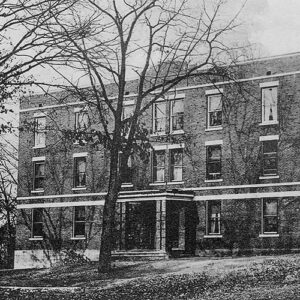 Grove Hall
Grove Hall
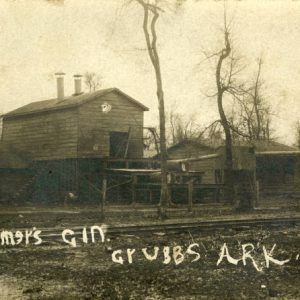 Grubbs Gin
Grubbs Gin
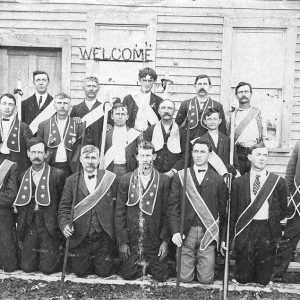 Grubbs Odd Fellows
Grubbs Odd Fellows
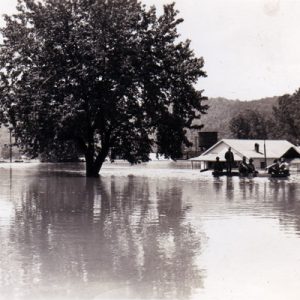 Guion Flooded
Guion Flooded
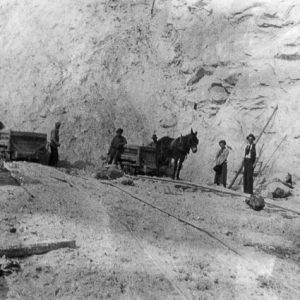 Guion Sand Mine
Guion Sand Mine
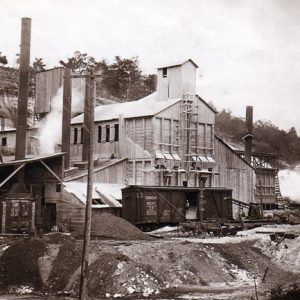 Guion Sand Mine
Guion Sand Mine
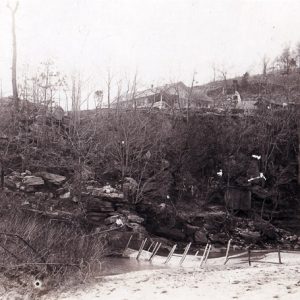 Guion after 1929 Tornado
Guion after 1929 Tornado
Gulley, Louis Corneil
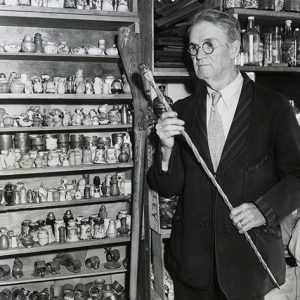 Louis Gulley
Louis Gulley
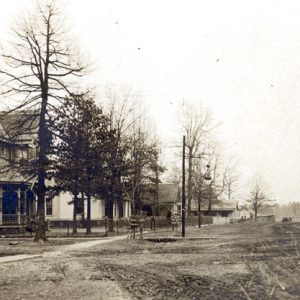 Gurdon (Clark County)
Gurdon (Clark County)
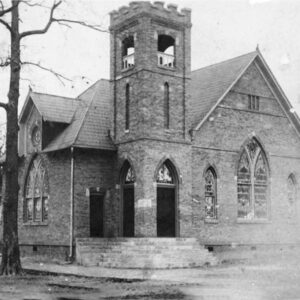 Gurdon Church
Gurdon Church
Gurdon Jail
Gurley, Ottawa (O. W.)
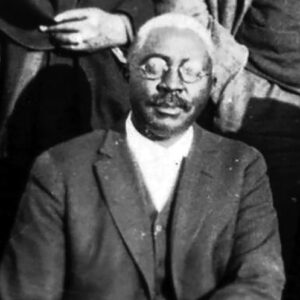 Ottawa (O. W.) Gurley
Ottawa (O. W.) Gurley
 Jeremiah Guthrie
Jeremiah Guthrie




